One of the most ancient, beautiful and religious sites in Armenia, Geghard monastery never fails to amaze both locals and tourists with its beauty and historical heritage. It is popular for its rocky sights.
Visiting the monastery will help you to get some decent knowledge about the pre-Christian and Christian history, culture and architecture of Armenia.
First Geghard monastery was called Ayrivank, which translates as “the Monastery of the Caves”. Now, the name Geghard or Geghardavank means “the Monastery of the Spear.”
THE HISTORY OF GEGHARD MONASTERY
The history of Geghard monastery dates back to pre-Christian times, during which it was worshipped as a sanctuary because of its sacred sources and springs. It is not clearly known when exactly the monastery was built.
At first Geghard Monastery was just a small cave chapel, but then eventually the complex grew beautifully and became more massive.
According to the tradition, it was established in the beginning of the 4th century by Gregory the Illuminator, after Armenians adopted Christianity as a state religion.
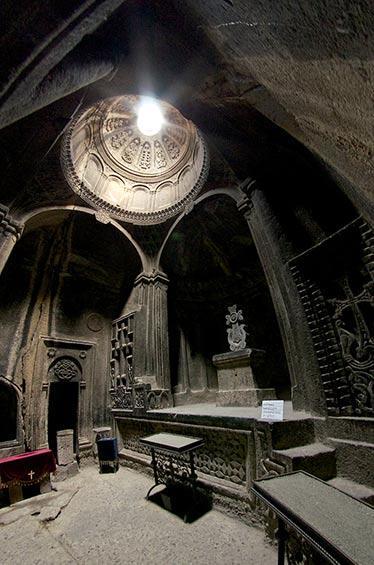 Originally, the monks of the monastery lived in the monastery, using the nearby caves as a solitary cell. It is also believed that St. Gregory the Illuminator also lived in one of these caves.
Originally, the monks of the monastery lived in the monastery, using the nearby caves as a solitary cell. It is also believed that St. Gregory the Illuminator also lived in one of these caves.
Historical sources indicate that originally the historical complex consisted of several churches, residential and other buildings. The monastery was also a writing center, a school, a music academy, and a pilgrimage place
During the Bagratuni Kingdom (920s) the Arab army invaded Armenia and robbed the monastery by the command of Nasri. Although later the monastery was rebuilt and fortified, many manuscripts created there are irrecoverably lost. A part of the manuscripts, however, is currently in Matenadaran.
The main Catholic Church (Katoghike), according to the lithographs on the western facade of the entrance, was built in 1215 when the Zakarians were on the throne. The Armenian brothers, Zakare and Ivane freed most of Armenia from the Seljuks.
In the 13th century, Prince Prosh who was the vassal of the Zakarians bought the monastery. After a short time, the Proshyans built the cave structures which made Geghard very popular.
One important thing was that the Holy Lance was kept here. It was a spear which the Roman centurion pierced the side of Jesus when he was on the cross. That is why Ayrivank was called Geghard Monastery or Geghardavank which means “the Monastery of the Spear”.
The Apostle St. Thaddeus brought this 15 cm long flat iron spear to Armenia. In Armenia and in the other neighboring churches, this wonderful spear blessed people, prevented them from various disasters and epidemics.
According to the tradition, another important relic was also preserved in Geghard Monastery – a fragment of Noah’s Ark.
Till today, the Armenian Catholicos bless the Holy anointing oil or “Muron” with the Right Hand of Saint Gregory the Illuminator and the Holy Lance.
- His Holiness Aram I, Catholicos of the Great House of Cilicia, stirs the Muron
- The right hand of Saint Gregory
In the 18th century, the Holy Lance and the relic of Noah’s ark were transferred to St. Echmiadzin and now are kept at the Mother See Museum.
During the history, the monastery was also subjected to the invasion of Mongols and Timur. It was partially destroyed by the earthquakes of 1127, 1679, 1840. Then rebuilt and restored over the next centuries, serving as the summer residence of the Catholicos of the Armenia.
Architecture
The architecture of Geghard monastery is rather complicated since it consists of different buildings. Every single one of them has its unique architectural spirit.
Katoghike Church
Holy Mother of God Katoghike Church or Katoghike is the main church of the monastery which was built in 1215.
In the 17th century, when Armenia was a part of the Persian Empire, there was an earthquake with the magnitude of 7.0, which ruined many buildings in Yerevan. The St. Katoghike Church was among these buildings.
Between 1693 and 1695 the construction of the large basilica church with tufa stones and cement came to an end. The prayer hall measurements were 14 x 19.3 m and the outside perimeter measured 16.4 x 28.4 m. As you looked at the walls of the church, you’d hardly find the usual means of architectural expression.
There were khachkars (cross-stones) illustrated on the church walls of the church. They belong to 1679, 1693, 1694 and 1695 years. There were also two entrances to the church, on southern and western sides.
On internal walls, you can find many inscriptions. The southern facade has decorations with trees, pomegranates, grapes, and leaves. There are dove images just between the arch and the outside frame.
The western side of the main temple, you can see a rock-attached gavit which was used for teaching, various meetings, and for receiving pilgrims.
Avazan is the first cave chamber. It is in a cave together with a sacred spring. Completely dug out of the rock, it has an equal-armed cross shaped plan.
The meeting hall or “zhamatun” in Armenian is a square chamber cut in the rock. Right in the center, there is a very interesting and eye catching sculpture. There is a ram the head of which holds a chain, wound around the necks of 2 lions. In the place of lion tails, there are heads of dragons.
There is also an eagle with a lamb in the claws below the chain, which is the coat-of-arms of the Proshian princes.
Avazan Church
- Inside the Avazan cave church
- Avazan
Rock-cut Avazan (basin) Church was built in the 13th century (1230-1250). Its spring is considered sacred to this day. During the Hellenistic period, this site was a pilgrimage place.
You can see an inscription right at the base of the dome, which records that architect Galdzag built the church. He was working for the Proshians.
In the church hall near the wall in the north, there are two little pools with spring water. People generally believe that the water there is holy and able to cure diseases. It heals various wounds very quickly.
Proshyan Sepulcher
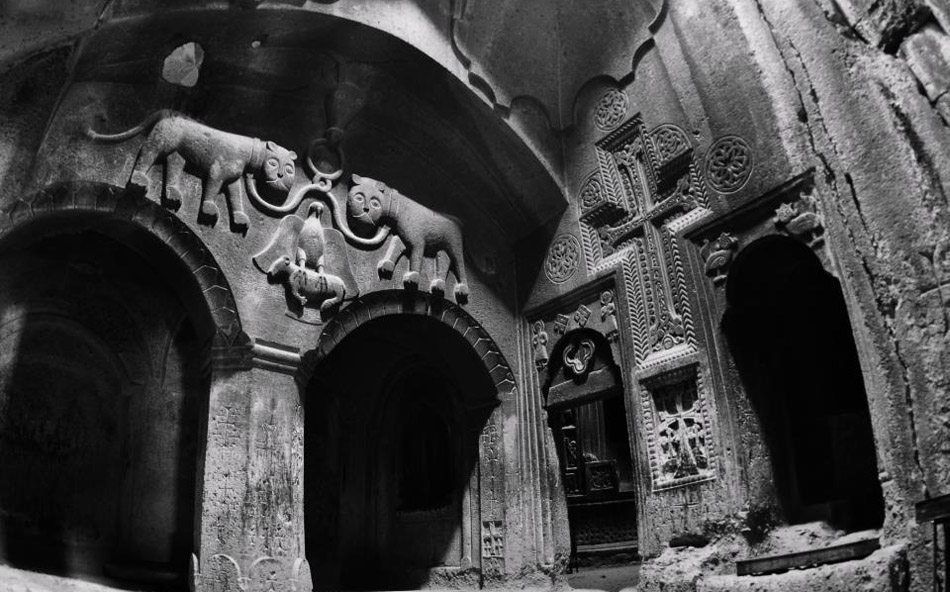
Symbol of the Proshyans – a chain around the neck of two lions, linked to an eagle with a lamb in its claws.
Originally ordered by the Zakarians in 1215, the building was built for Prince Prosh Khaghbakian. He bought the monastery from the Zakarians and expanded the chamber in 1283.
Despite the family’s wealth and power, their graves are simple and modest.
Just above the northern wall, a big Proshian Crest is engraved. It shows two lions tied with an iron ring held by a bull’s head, over an eagle clutching a lamb.
Underneath, there are the remains of the Proshian family. Despite their wealth and power, they have simple and modest graves. It was the will of Prosh, according to which the peasants should walk upon them since they commanded them during their time on the earth.
The Upper Gavit
As per an inscription, the upper gavit like the Avazan and the Proshian Sepulcher was built from a solid rock in 1288. It was meant for Prince Prosh’s son Papak and his wife Ruzukan.
Along the narrow passageway which leads to the gavit, there are a number of khachkars or cross stones carved in solid stone. This pattern repeated throughout the monastery.
The roof lies on four columns. The arches are squat since they are hand carved. They also divide the hall into nine equal parts. The spherical dome is on the top.
The gavit also serves as a mausoleum. Most likely, it is the primary purpose of the gavit. Out of all the bodies buried there, only the mausoleums of the Proshian princes Merik and Grigor have been preserved.
The room’s acoustics is perfect for “sharakans” (Armenian religious chants).
At the back of the gavit, in the lower corner, there is an opening which looks down into the Proshian Sepulcher. People believe that the purpose of the hole was that the sharakans would be heard on the lower floor in medieval times.
Holy Mother of God Church
(or Saint Astvatsatsatsin Church)
Saint Astvatsatsatsin Church (Holy Mother of God Church) is one of the most beautiful and significant achievements of Armenian medieval architecture. It dates back to 1215 and illustrates amazing carvings. The adjacent gavit with nine arches was built in 1215-1225.
Completely hand carved, the construction of the church took more than 40 years to complete. A very impressive fact and also interesting to know that the church was carved from the top to down.
In 1283, as the Proshyan family ordered, architect Galdzak enlarged the church.
Various earthquakes caused cracks on the walls. The last one happened in 1679. Five years after that earthquake the church was rebuilt and reopened also being converted into the summer residence of the Catholicos of All Armenians.
Five years later, the church was rebuilt and reopened. It became the summer residence of the Catholicos of All Armenians.
Outside the church, there is the is a coat of arms of the family of the Zakarian prince who built it.
The dome is decorated with a ring shaped opening in the center. There are various decorations on the walls depicting animals, crosses, warriors, ornaments of rosettes, and different geometrical figures.
On the left side of the altar, there is a special cross. On the top of which you can find the symbols of the Tree of Life and the Sun. At the base, you can see the symbol of Adam’s head. On the sides of the cross, there are unique small crosses carved in Armenian style.
On both sides of the cross, you can see an illustration of a hunting scene. It perhaps pictures the Proshyans.
On the opposite side of the altar, you can see an engraved throne with a lion-head on it.
Another zhamatun or a meeting hall is on the second level. On the southern side of the corridor which leads to the zhamatun, there are many crosses cut.
The Present Day Geghard Monastery
The location of the Geghard Monastery is in Upper Azat River Valley, between the cliffs. In 2000, it was designated by UNESCO as World Heritage Site.
The view to the valley from right the monastery is astonishing.
One can get to Geghard in less than an hour. From Yerevan, it is only 36 km far. On your way to the monastery, you can purchase many souvenirs. You will also have the chance make a wish by throwing a stone.
In addition, you can visit the Garni temple on your way. It one of the oldest monuments of Armenian architecture.
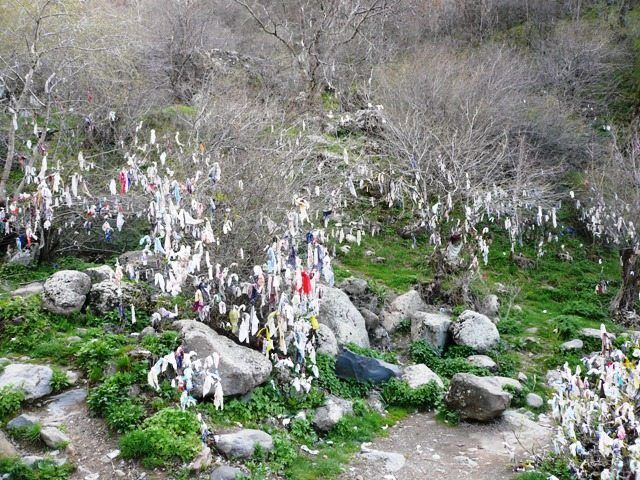 When you reach Geghard, you will notice colored wish ribbons tied on the trees, also on trees near the river, on the other side of the monastery.
When you reach Geghard, you will notice colored wish ribbons tied on the trees, also on trees near the river, on the other side of the monastery.
People believe that when they pray or make a wish and then tie a strip of cloth to the tree near the monastery, their wish will definitely come true. So, the ribbons represent wishes. In addition, people use sacrifice rocks when a person brings sheep or chicken to sacrifice.
These traditions, however, are not of Christian origin. T
hey date back to
very old times the Persians and their Zoroastrian religion had a great influence on Armenians.
Opening hours
The monastery is usually open during church opening hours, that is from 9 am to 6 pm.
On the weekends, on your way to the monastery, you will see a lot of sellers and vendors selling souvenirs and food. Don’t miss your chance to enjoy the taste of Armenian sujukh(Walnut snack) and gata (sweet cake). Or, maybe you will like thin sheets of dried fruit puree.
It is also worth to buy some fruit lavash from the sellers near the entrance. The plum is also particularly good.
There are also two preserves near Garni and Geghard.
Erebuni preserve, which is between Shorbulach and Geghadir villages. It is where the ancient wheat of Erebuni originated.
The importance of the Erebuni preserve to the world and in agriculture is priceless.
Khosrov preserve is one of the oldest preserves in history. King Khosrov III created it around 330 AD. It is also named after the king. He planted the forests so he could hunt in them. The preserve contains very interesting sites. Besides the forests, there are hills and rivers. The preserve remained untouched for 17 centuries.
No wonder the Geghard complex is one of the most popular destinations for both the locals and the tourists alike.
Geghard monastery has so much to offer to its visitors and tourists. There is no way one will feel bored, tired, exhausted or unrelaxed.
Over the centuries the enemies and their armies have destroyed many towns and villages in Armenia, but Geghard still stands, showing that it is a symbol of great victory and the incarnation of the Armenian people’s creative spirit.
Make sure you carefully listen to the story that the stones will tell you. During your visit to this stunning monastery, you will learn a lot of new and interesting things about Armenia and its rich history. It will be a valuable addition to your overall knowledge.


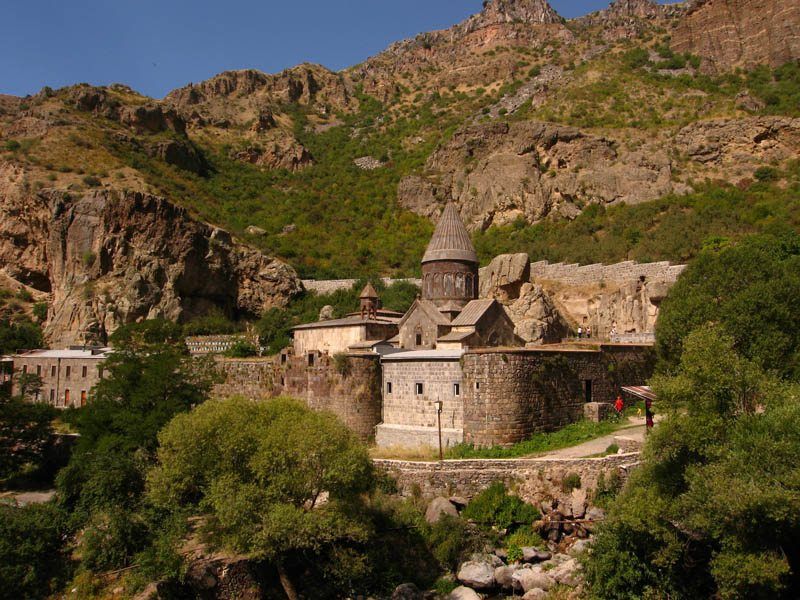
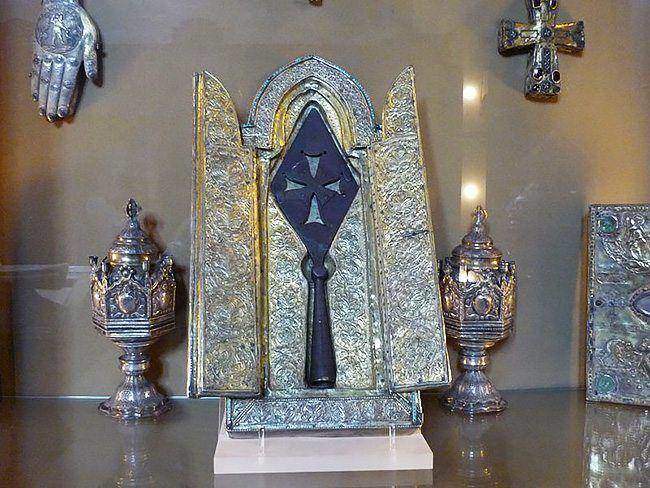







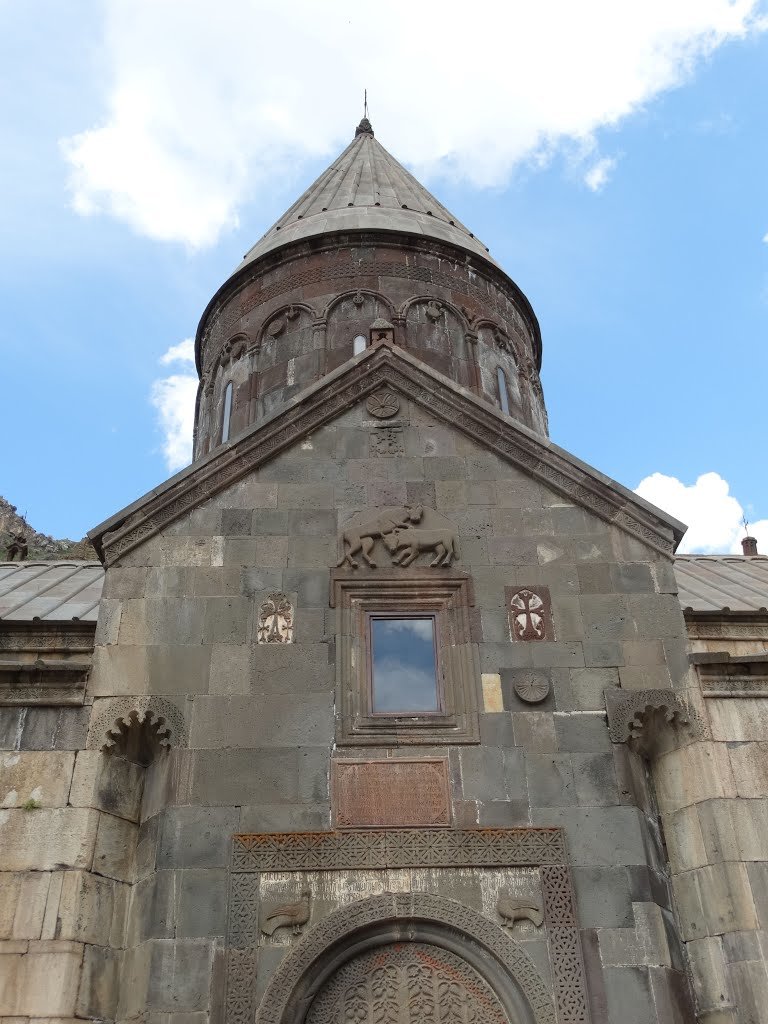






























Leave a Comment